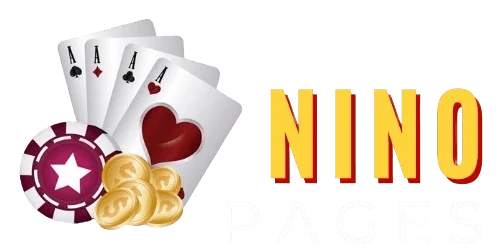From its launch in 2004, the PlayStation Portable introduced console‑quality gaming on the go. The PSP’s library featured both blockbuster adaptations and daring originals—many of which experimented with genre fusion, graphical polish, or storytelling in ways that still feel fresh. Here are a few underrated or lesser-discussed TopJitu PSP games that exemplify its innovation and charm.
First, Tactics Ogre: Let Us Cling Together stands out as one of the deepest tactical RPGs of its time. A PSP remake of the SNES classic, it added voice‑acted cutscenes, expanded branching narrative paths, and refined UI. The tactical depth, moral complexity, and replayability rival most console strategy RPGs. Each battle is a layered puzzle where unit formation, terrain, and character classes matter, and your choices shape the story’s outcome in meaningful ways.
Another inventive title is Patapon, where incomprehensible chants become strategic commands. Players tap rhythms to tell their tribal warriors when to march, attack, or defend. The merging of music, timing, and unit management creates a gameplay loop that feels rhythmic and cerebral. While simple in presentation, the synergy between sound and command was so effective that it became a defining rhythm‑strategy hybrid.
Fans of narrative-driven drama should revisit Syphon Filter: Dark Mirror, a stealth-action game rooted in espionage and political intrigue. The PSP version managed to pack cinematic stealth missions, gadget-based combat, and an unexpectedly rich story into handheld form. For stealth fans, it stood as one of the most sophisticated portable action titles ever released.
Then there’s Lumines, a deceptively elegant puzzle game where blocks fall to a beat, and the background music pulses and evolves in real time as you clear lines. Its audiovisual design is hypnotic, its mechanics simple yet maddeningly addictive. It proved that the PSP could handle games that were not just visually striking, but also audibly immersive.
Finally, Monster Hunter Freedom Unite became a portable monster-slaying phenomenon. Despite hardware limitations, it delivered complex combat against colossal beasts, robust multiplayer, and satisfying reward-based progression. The grind was intense and cooperative, fostering community across ad-hoc and infrastructure mode play. Its influence persists in modern hunting games and even in mobile multiplayer design philosophies.
